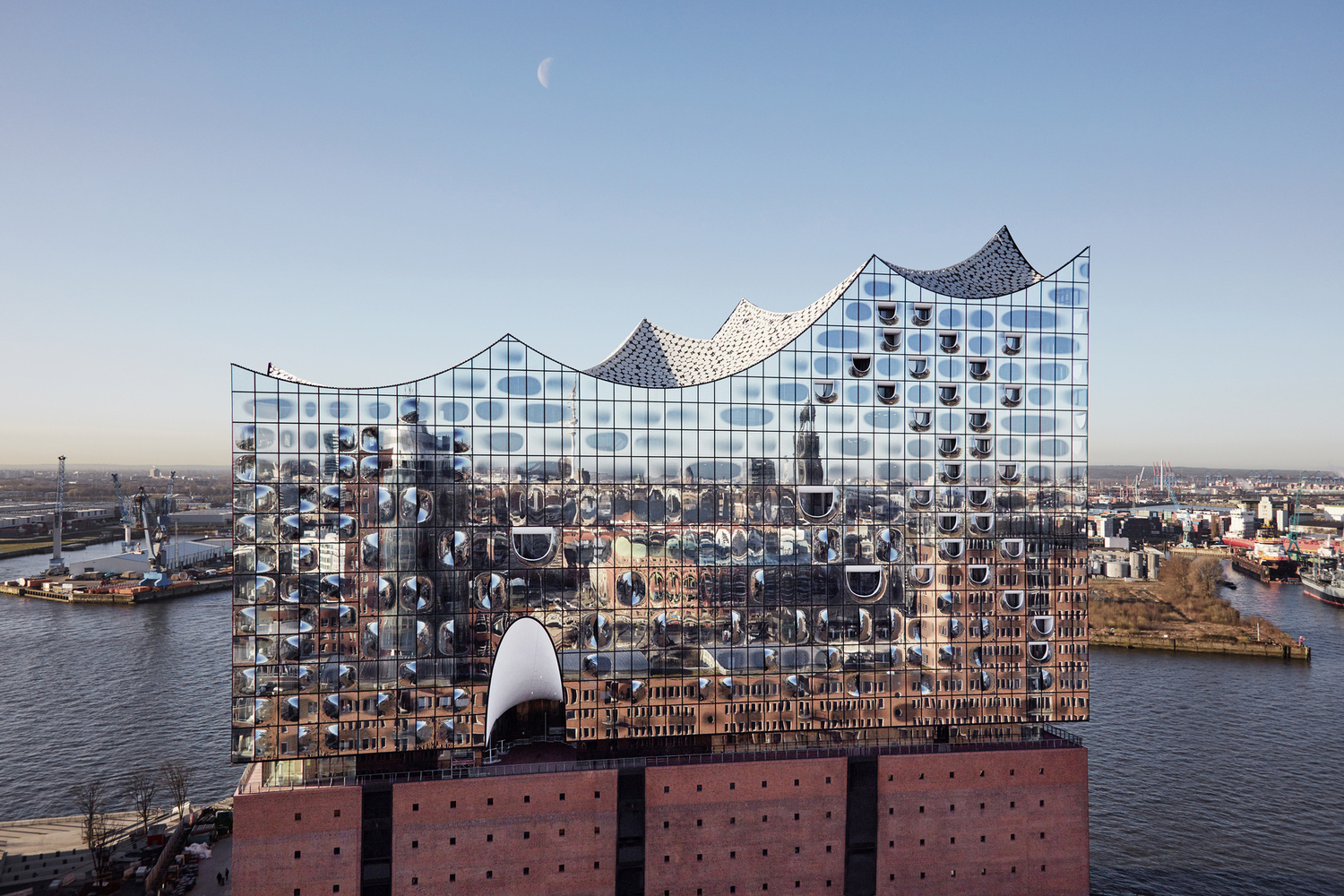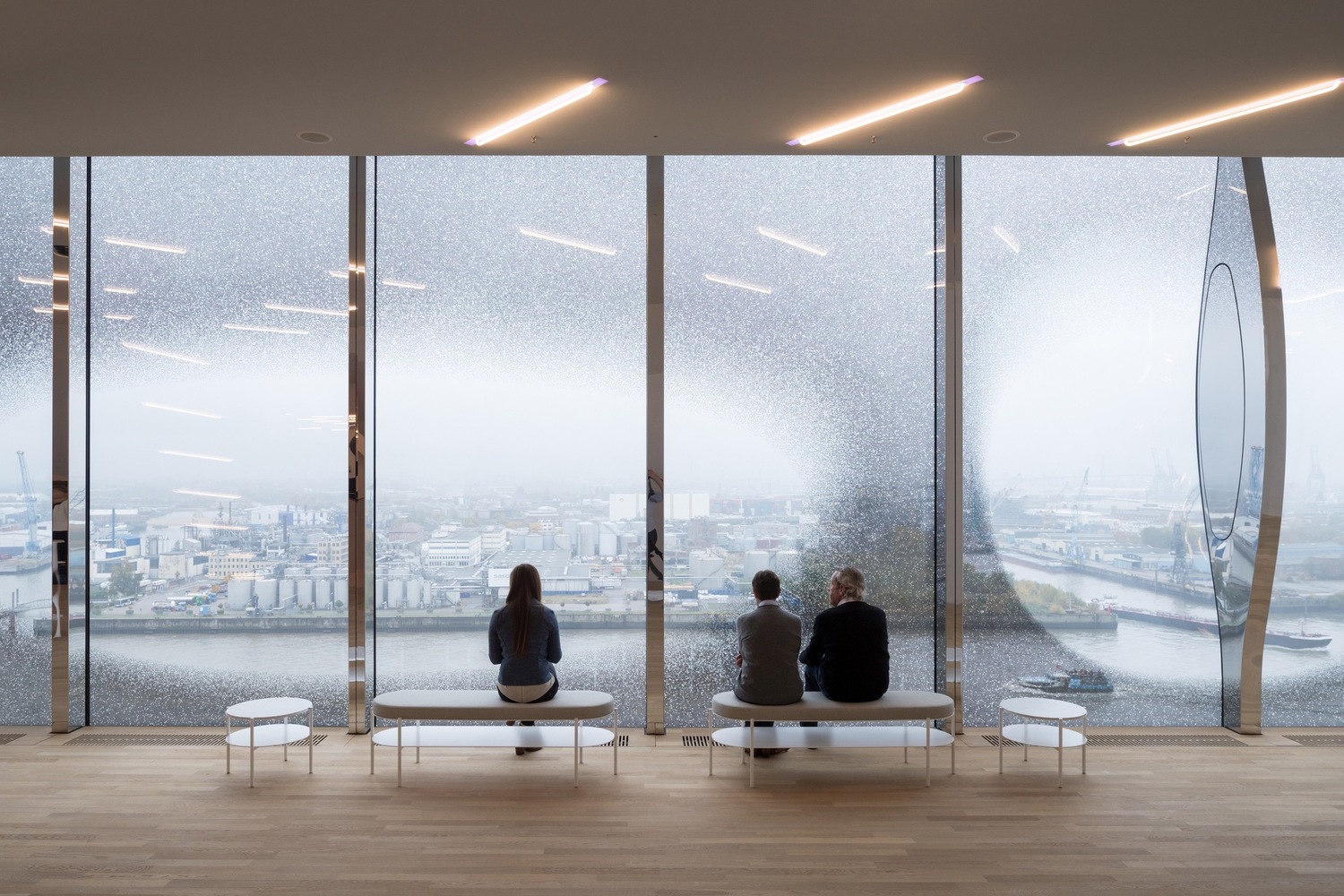Glass Curtain Walls: A Reflection of Modern Architecture Trends
TIME: 2024-09-06 READ: 165 AUTHOR:
In recent years, glass curtain walls have surged in popularity, becoming a defining feature of modern architecture. With their sleek, minimalist aesthetic, they not only enhance the external appearance of buildings but also integrate advanced functionality. These structures reflect evolving industry trends that combine sustainability, energy efficiency, and design flexibility, playing a significant role in contemporary building design.
1. Sustainability and Energy Efficiency
As environmental concerns grow, the demand for energy-efficient building materials has skyrocketed. Glass curtain walls, once criticized for poor insulation, are now designed with cutting-edge technologies to meet stringent environmental standards. Innovations like low-E coatings, double- and triple-glazed systems, and smart glass reduce heat transfer, thus lowering energy consumption. For our North American clients, Yanyi’s range of laminated and insulated glass solutions, compliant with NFRC standards, ensures optimal thermal performance across various climate zones, meeting modern energy efficiency needs.
2. Design Flexibility
One of the greatest advantages of glass curtain walls is their ability to adapt to diverse architectural styles. Whether it's a high-rise office building in New York or a contemporary home in Los Angeles, glass curtain walls provide the flexibility to meet different design requirements. Modern architects are increasingly turning to curved and frameless glass options for a seamless, open feel. Yanyi’s tempered and laminated glass, with its superior strength and adaptability, is perfect for such projects. Our products enable architects to push boundaries without compromising on safety or durability.

3. Transparency and Natural Light
Glass curtain walls emphasize transparency, promoting the use of natural light within a building. This trend aligns with the broader architectural goal of creating healthier, more comfortable workspaces and living environments. By maximizing daylight, glass curtain walls reduce the need for artificial lighting, thus cutting energy costs and enhancing occupants' well-being. Yanyi’s high-transparency glass options maintain visual clarity while blocking harmful UV rays, allowing designers to create brighter, more open interiors without sacrificing safety or energy efficiency.
4. Sustainable Urban Development
In cities worldwide, there is a push toward sustainable urban development, with glass curtain walls at the forefront of this movement. They enable architects to create iconic structures while adhering to green building certifications such as LEED and BREEAM. Our advanced insulated glass solutions contribute to this trend by offering superior soundproofing and energy-saving capabilities, making them ideal for large-scale developments and mixed-use projects. As Yanyi continues to innovate, our products help urban planners and developers achieve their sustainability goals.
5. Safety and Durability
In regions prone to extreme weather conditions or seismic activity, the safety of glass curtain walls is paramount. Our SGCC-certified glass products provide an extra layer of security, ensuring that buildings remain safe during natural disasters. Yanyi’s high-performance laminated glass is specially designed to withstand impact, making it ideal for both commercial and residential projects that require additional safety measures.

Conclusion
The role of glass curtain walls in modern architecture extends beyond aesthetics. They represent a blend of sustainability, safety, and innovation—key pillars in today’s building industry. At Yanyi, our commitment to delivering high-quality glass products ensures that architects, developers, and contractors have the resources to create visually stunning and energy-efficient buildings, setting the trend for future generations.
